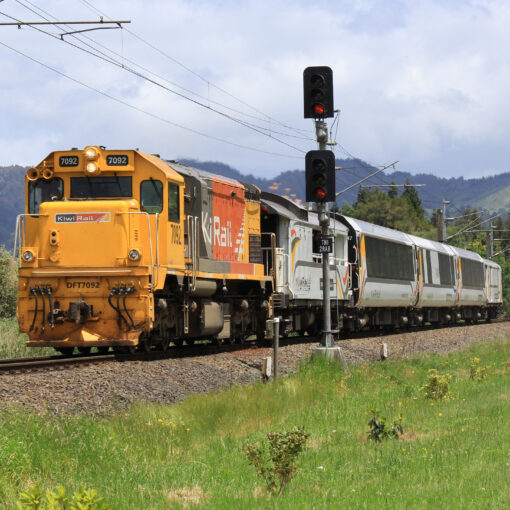Christopher E Harris, PhD (Planning)
Two recent papers have described an ‘Americanisation’ of transport policy in Auckland, New Zealand, characterised by the successful advocacy of motorways at the expense of rail. Arrested development of rail transit in Auckland presents a striking contrast to Wellington, New Zealand, where suburban rail is as well developed relative to population as in Perth (WA). Wellington’s suburban rail was installed as part of a state-led development planning programme. By the late 1940s this template was intended for extension to Christchurch and to Auckland, then undergoing rapid growth. Following a change of government in 1949 development planning ceased and a state highway fund was established to fund urban motorways instead. The principal conclusion is that state support for development planning along transit corridors may be a prerequisite for successful urban transit development.
I do ask you to be careful of these planners … because if we are not careful they’ll have to plan another change. They’ll have to plan that the name of this fair city is changed from Auckland to Talkland. (J. Alsopp-Smith)
Some form of expanded rail service has been discussed, on and off, over the whole of [my life], and I’ve no doubt that a rapid rail transit system will become a reality in Auckland in my time. (R. D. Muldoon, 1921-1992)
— Comments recorded at the Auckland Rapid Rail Symposium, 1969
Introduction
Two recent papers have described the retardation of transit development in Auckland, New Zealand’s largest and fastest-growing city (Gunder, 2002; Mees and Dodson, 2002).1 As the gracenotes above suggest, an inability to extent public transport services beyond those of fifty years ago, in a city that has meanwhile grown from 370,000 to 1.2 million, is almost a by-word of local politics.
Download the full article in PDF format here:Â Slow Train Coming.

